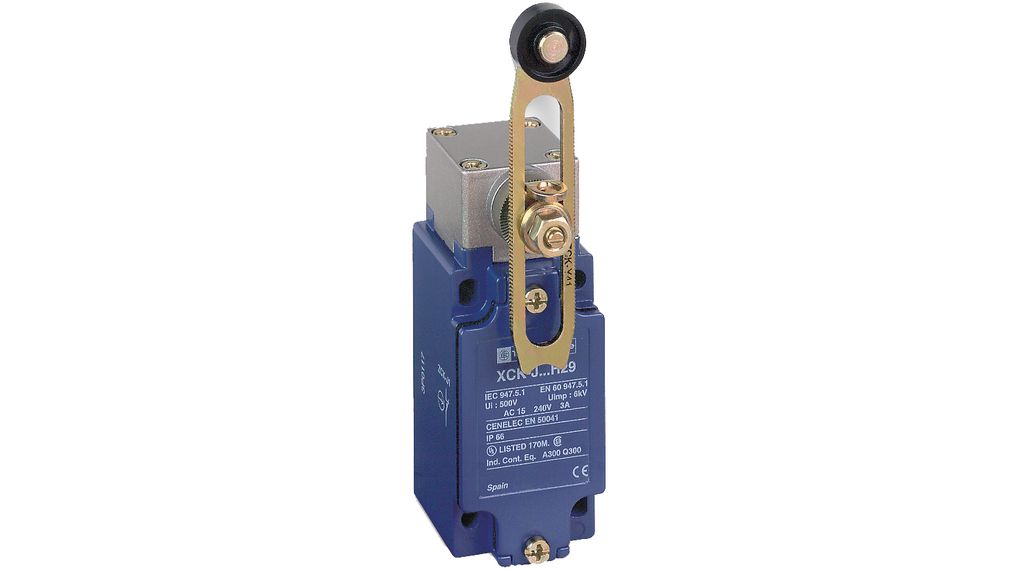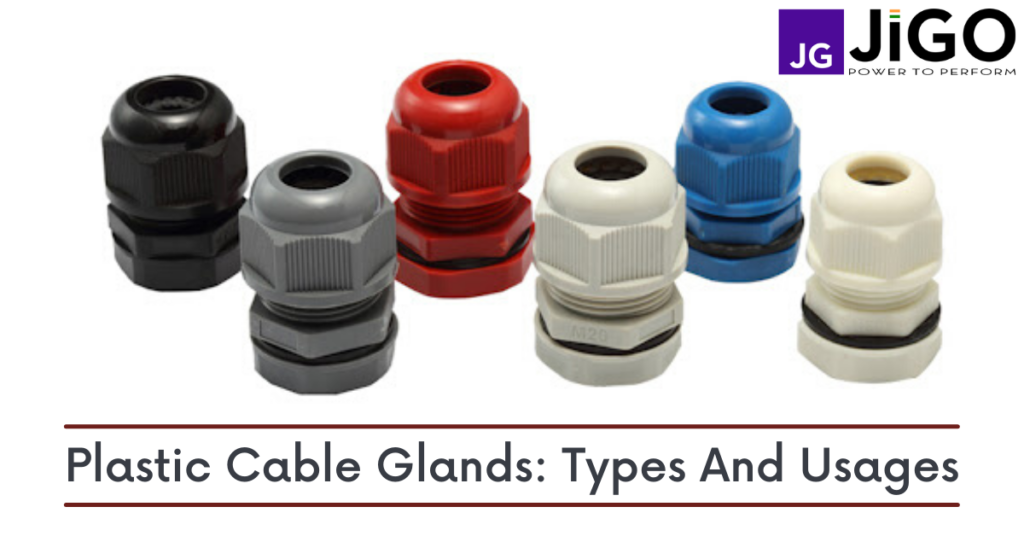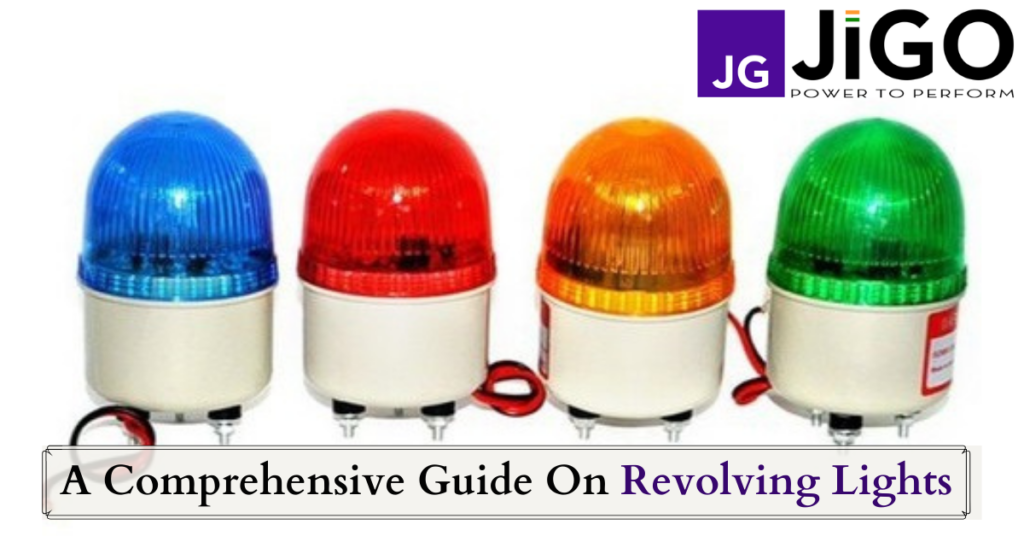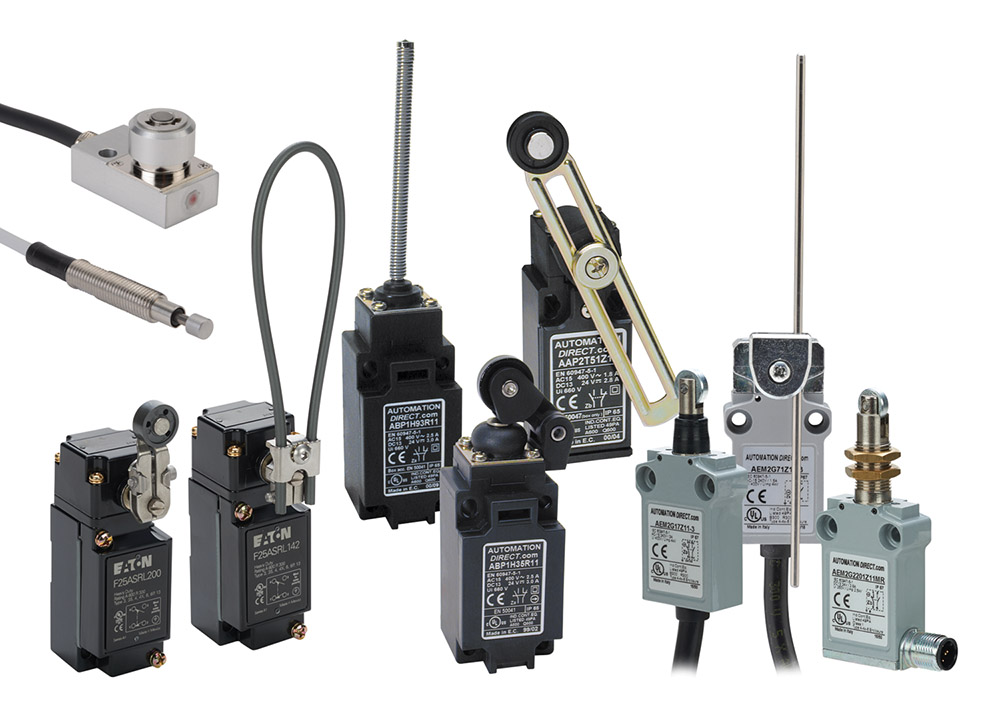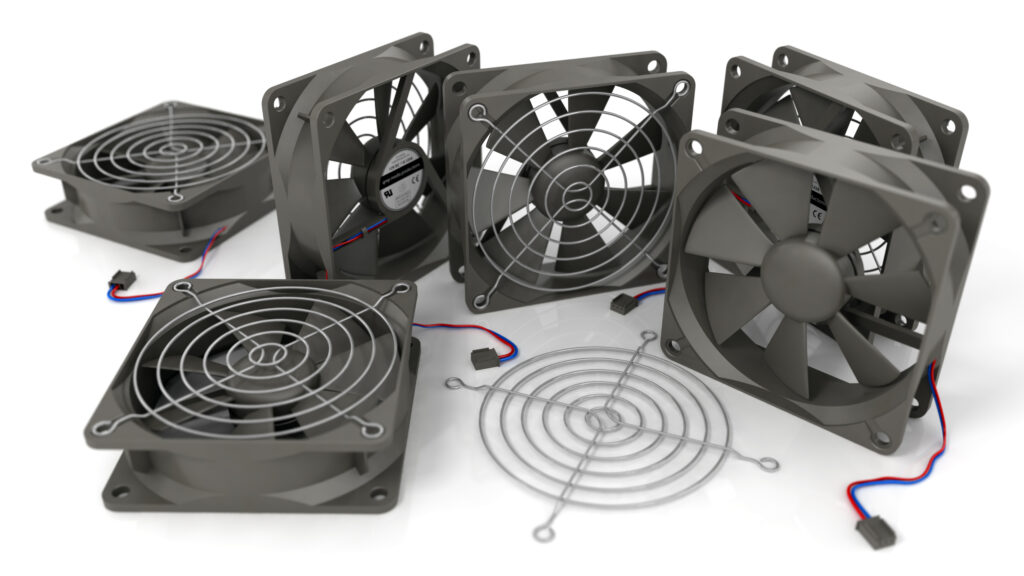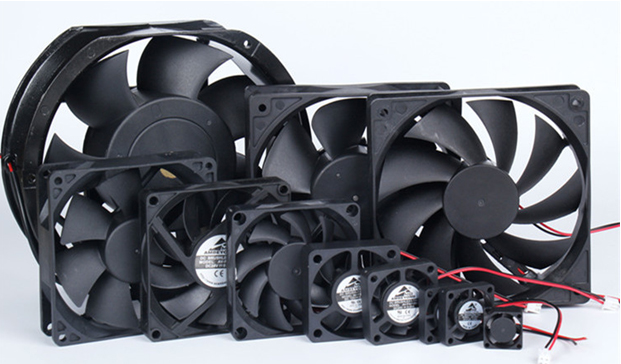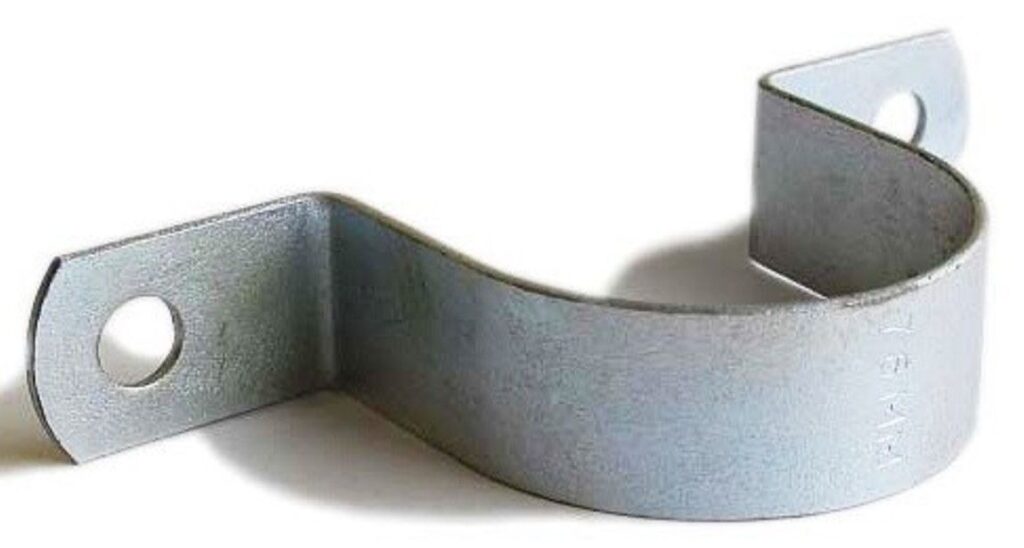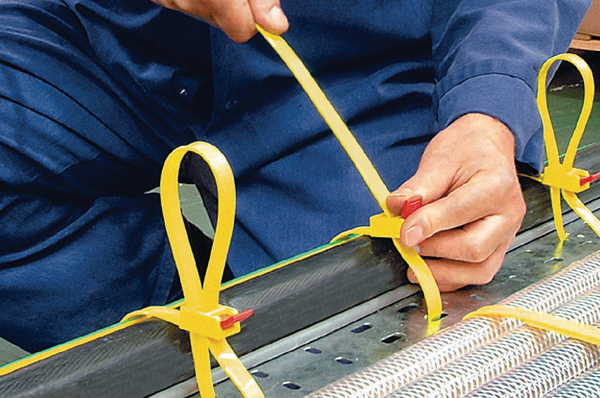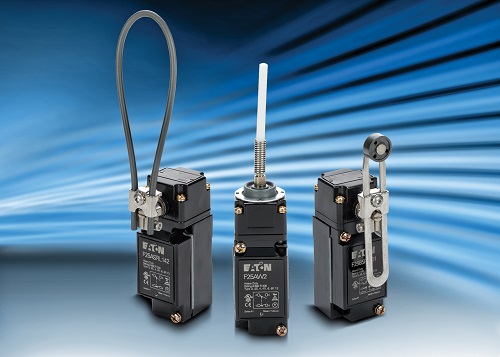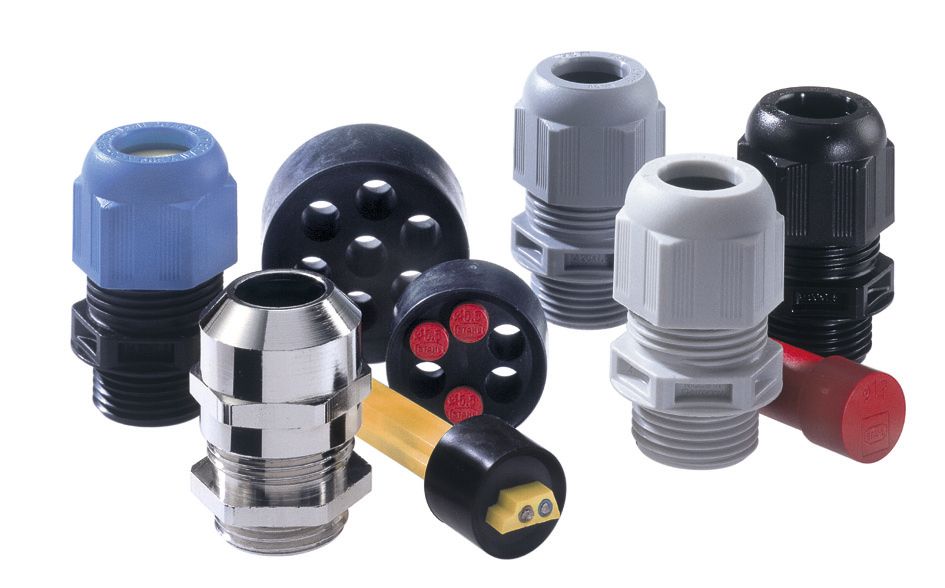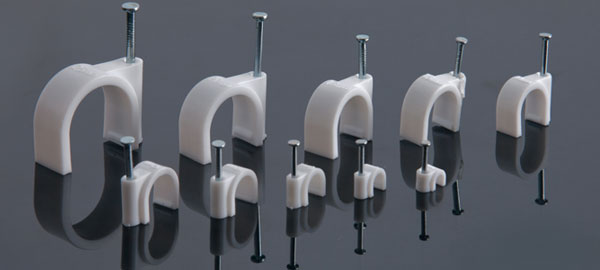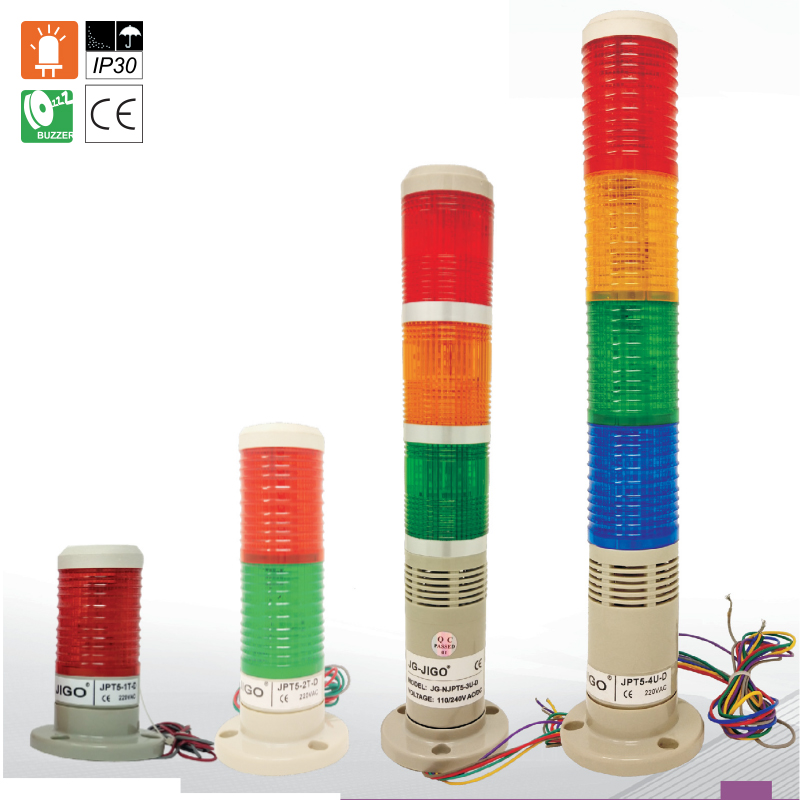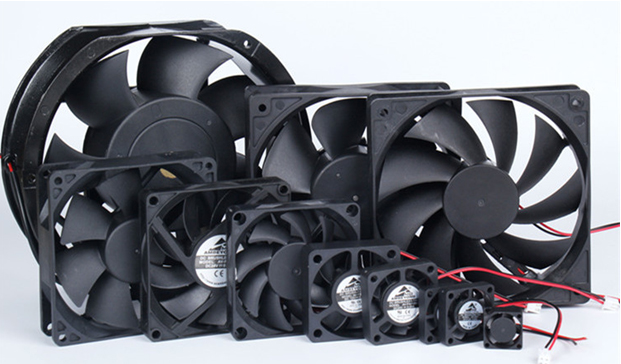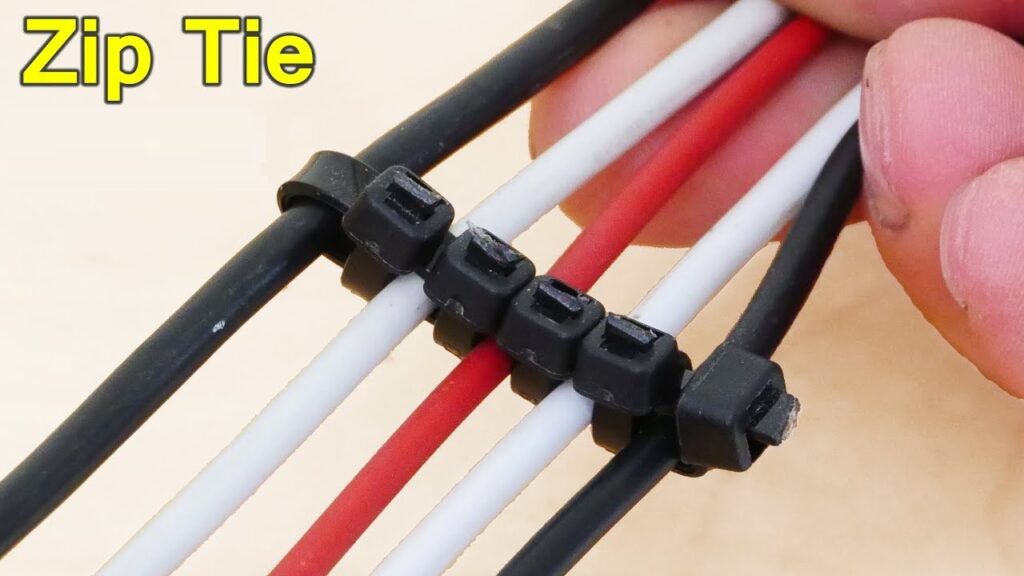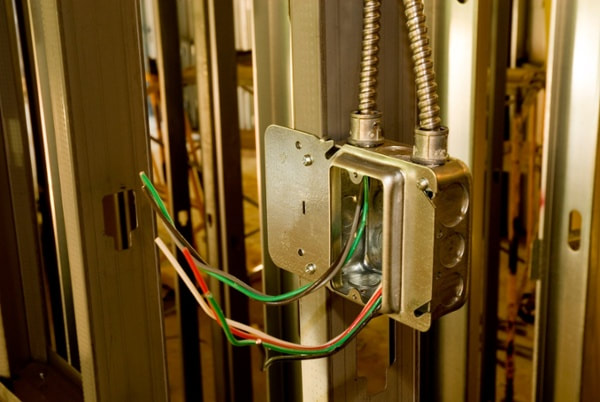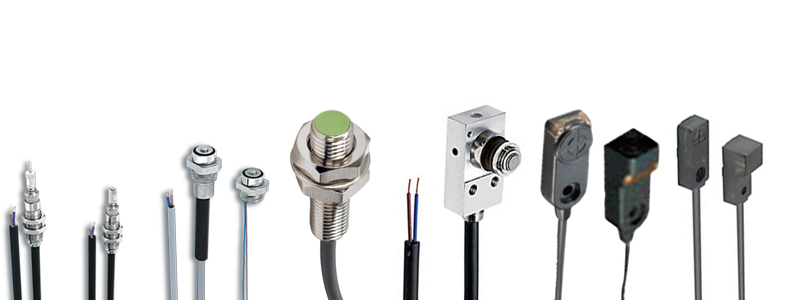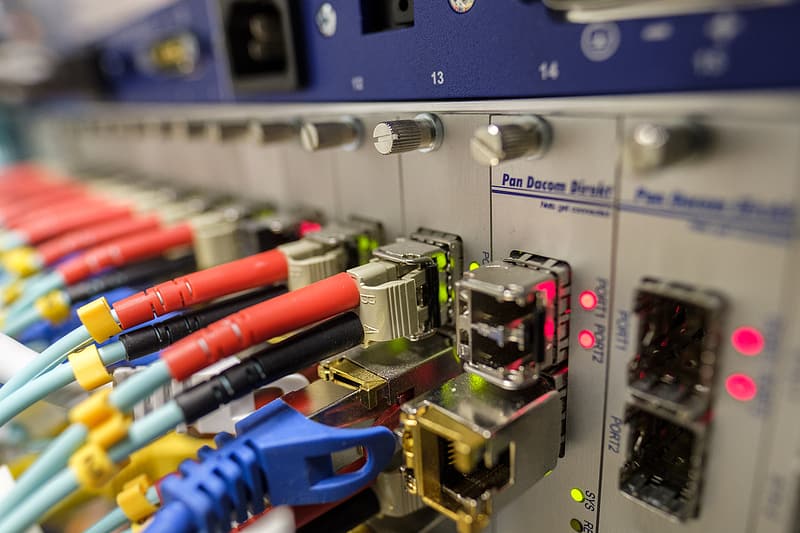
Manufacturer Nylon Cable Ties, Cable Nail Clips, Float Switches & other Cable & Panel Accessories

Manufacturer Nylon Cable Ties, Cable Nail Clips, Float Switches & other Cable & Panel Accessories

“Policemen are soldiers who act alone; soldiers are policemen who act in unison.” – Herbert Spencer.
The duties of a police officer include protecting individuals and their property, preventing crime, reducing public fear of crime, and improving citizens’ quality of life.
They are especially responsible for arresting the perpetrator of the primary assault and protecting the victims.
Consequently, zip ties also known as Flex Cuffs or Plastic Cuffs work best in situations that demand a quick response. Originally invented in 1965, zip ties serve as a means of constricting the hands, legs, and arms.
Having said that, let us shed some light on the benefits of using zip ties by law enforcement officers and military personnel.
Unbreakable – Zip ties are made from a strong nylon cord with 400 pounds of tensile strength, with a plastic clip to keep the cord firmly in place, greatly reducing the likelihood of escape. As a result of the reinforced material, the restraints cannot be broken without scissors or the intervention of any human.
Lightweight – Metal handcuffs weigh about ten ounces each, while 10 zip ties together weigh less than that. Zip ties’ portability and compact size enable police officers who are off-duty to use them in case they have to stop a crime but don’t have the usual equipment to arrest a suspect.
Inexpensive – Metal handcuffs can range from $18 to $150 each, depending on their hinges, chains, locking mechanism, and so forth, while zip ties are far more affordable. As a result, zip ties are ideal for police officers planning a large number of arrests, such as during riot control or demonstrations. These are also useful when the police are operating in rural areas.
A more humane way to detain the suspects – Zip ties help to reduce the strain on the suspect’s shoulders, especially when cuffed from behind. The smooth inside surface and rounded edges reduce the risk of abrasion or skin damage while dealing with combative or non-compliant criminals.
Ensures optimal hygiene – Disposable zip ties do not require disinfection or sanitization post-arrest. All you need to do is cut them off and toss them. One of the benefits of disposable restraints is the prevention of the spread of communicable diseases like HIV. The reuse of metal handcuffs can lead to the spread of blood-borne pathogens (from blood or other bodily fluids that have not been removed from the cuffs).
Exceptional resistance – Zip ties are made from lab-tested nylon, making them rust-proof in contrast to metal cuffs. It is possible to use zip ties in almost any condition, whether hot, cold, wet, or dry. In addition, they are resistant to UV rays, so the material won’t deteriorate any time soon.
Flexibility – The oversized loops of the zip ties can be adjusted as per different sizes of the wrist, forearms, and ankles.
Related: Highlighting The Uses Of Zip Tie
Since zip ties are easy to use, they are preferred over traditional cuffs when dealing with multiple suspects during an arrest, which eliminates the need to fumble with them or the possibility of letting a suspect escape because you could not apprehend him or her. Zip ties, therefore, enhance security operations.
